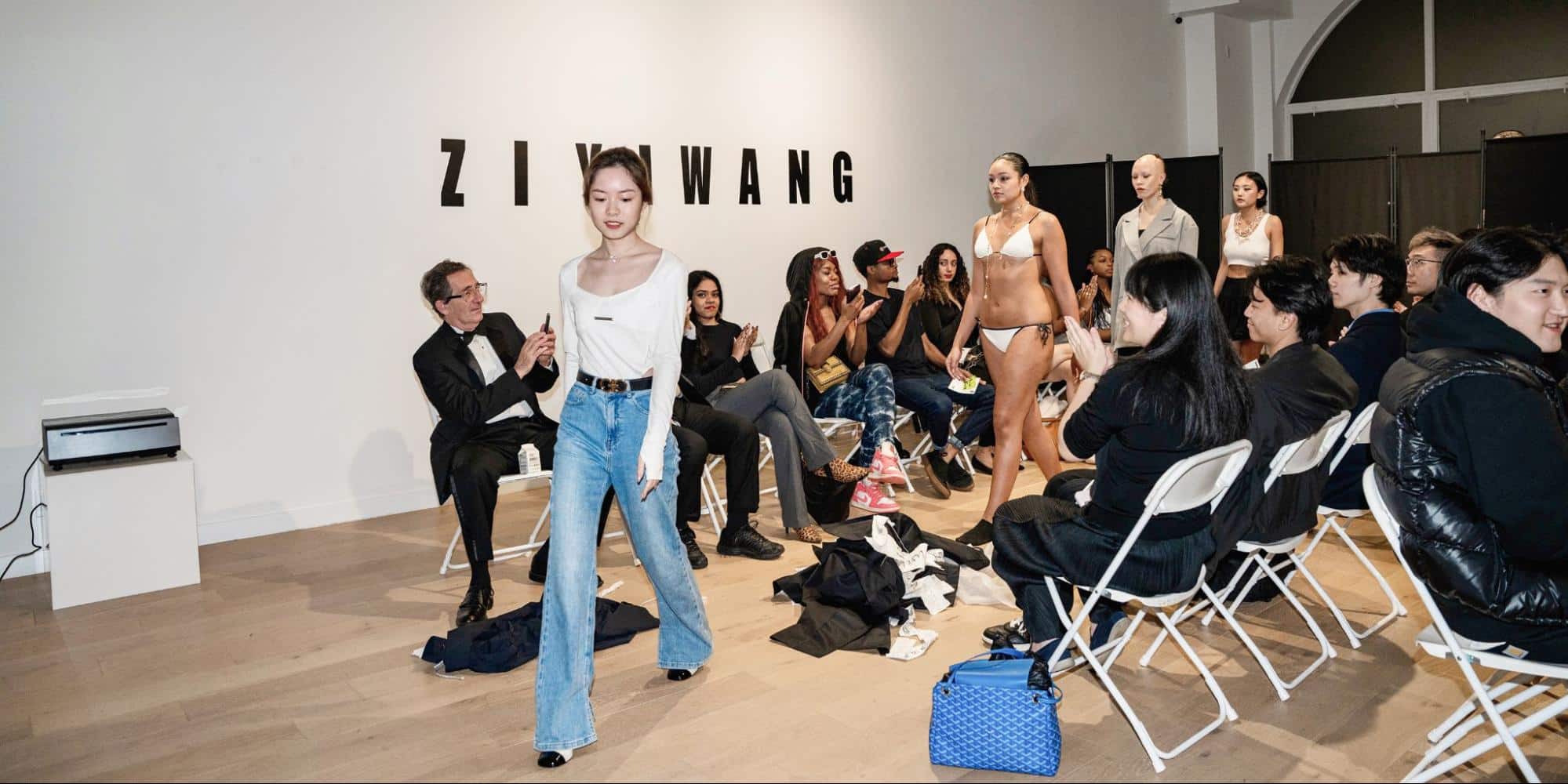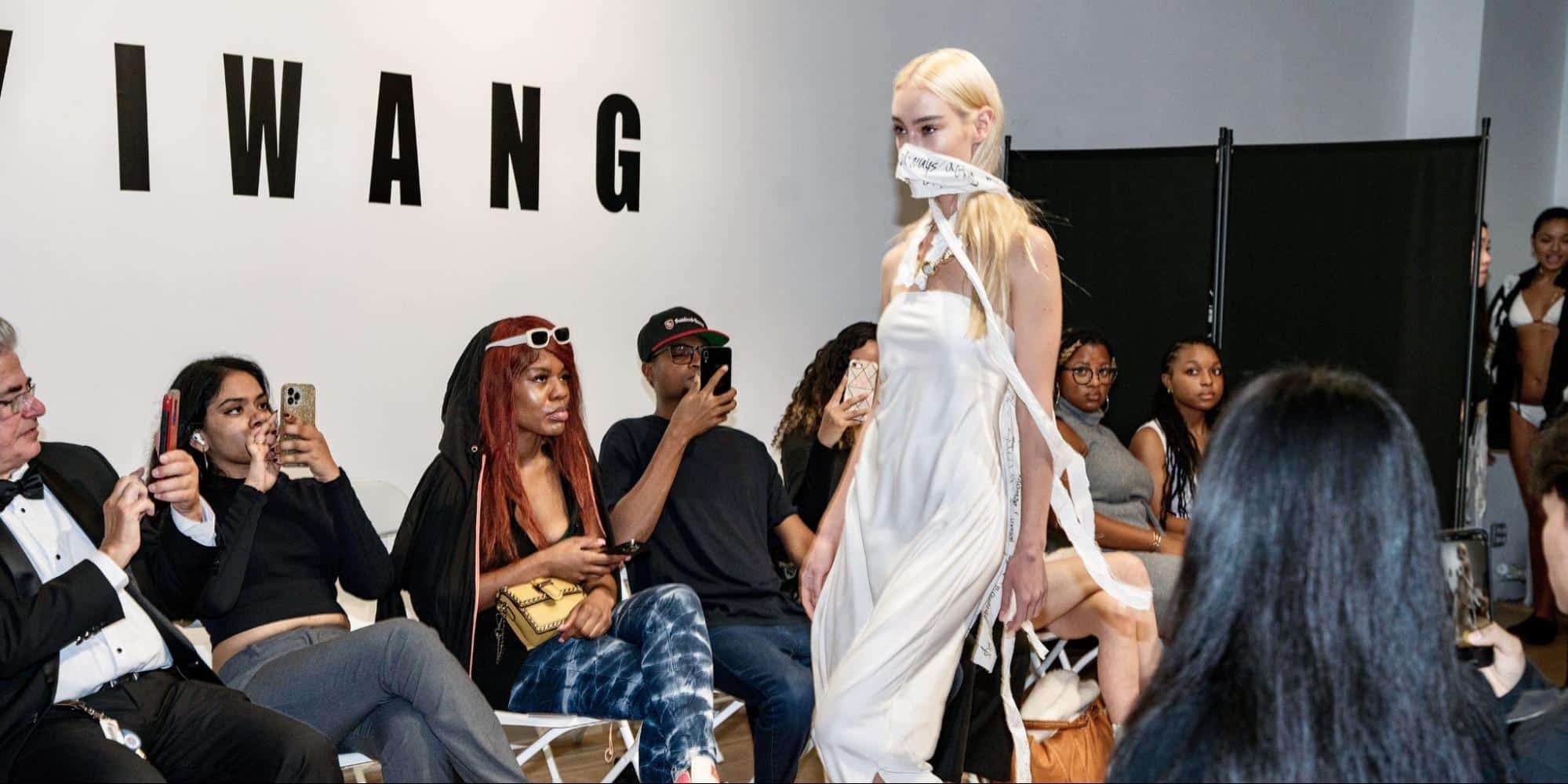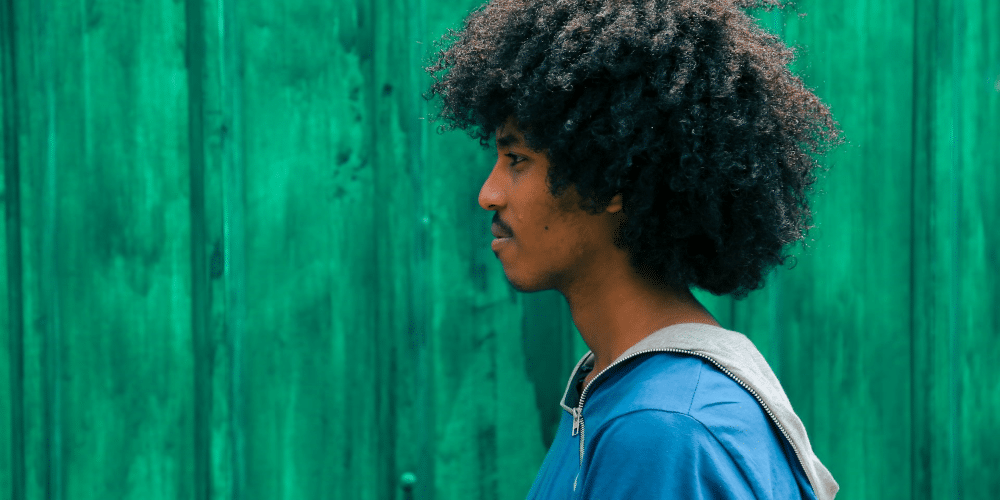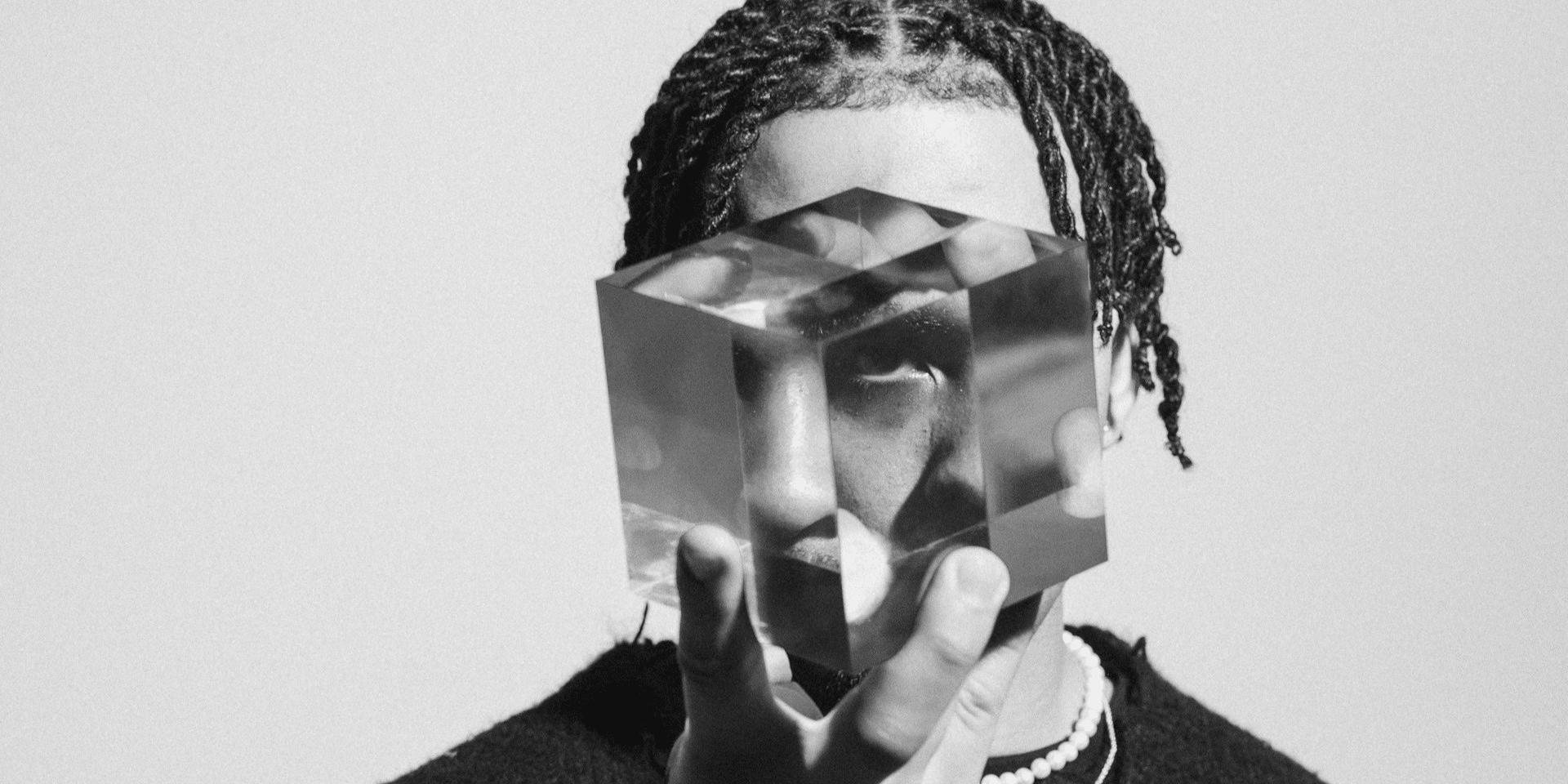In her latest showcase, “Refused to be Defined,” designer Ziyi Claire Wang unveils her venture into inclusive, affordable, and sustainable fashion. Ziyi’s collection boldly challenges conventional beauty norms. Beyond aesthetics, she broadens her design focus to cater to differently-abled individuals. Through her innovative “clothes trade-in” initiative, Ziyi advocates sustainability. We had the opportunity to sit down with her and delve into her creative journey.
How did you get into fashion design?
My journey into fashion design started with an insatiable curiosity and a desire to make a positive impact. Having had a supportive family since childhood, they encouraged my hands-on and creative endeavors, enabling me to turn my ideas into practical realities.
You’ve mentioned that people around you have had a significant impact on your pursuit of fashion design; can you tell us more?
What fueled my passion for fashion design even more was observing those around me constantly worrying about their weight, often avoiding certain foods due to fear. This made me realize the immense pressure on young people to conform to unrealistic beauty standards. I firmly believe that true beauty is rooted in health and self-confidence, not in conforming to a specific body type. My goal is to empower others to recognize and appreciate the real essence of beauty.
Could you give us some insight into your new collection?
This collection reflects my strong belief in breaking free from societal norms and unrealistic beauty standards that have burdened women for far too long. Women have been pressured to conform to the idea that “thin” equals beauty, leading to unhealthy mindsets and damaging self-esteem issues. With this collection, I aim to empower women to liberate themselves from unjust societal labels, encouraging them to break free from distorted aesthetics imposed upon them. It’s time to live for oneself, not for the approval of others.

Photo Credit: Yoli
What kind of fabrics are used in the designs for this collection?
For this collection, I’ve chosen sustainable materials such as organic cotton, Tencel, hemp, and recycled polyester. These materials not only offer comfort but also boast a significantly lower environmental footprint compared to conventional textiles. Prioritizing these eco-friendly options aligns with my goal to reduce the environmental impact of my collection.
In addition to fabrics, how did you achieve sustainability in your design?
Beyond sustainable materials, ethical sourcing practices have been crucial. Collaborating with suppliers adhering to fair labor standards and prioritizing sustainability ensures that my entire supply chain aligns with the values of promoting body positivity and sustainable fashion. Additionally, I’ve embraced minimalism and versatility in my designs, emphasizing timeless pieces for a more sustainable wardrobe, reducing the need for constant clothing turnover.
Can you explain the “clothes trade-in” initiative and its impact on sustainable fashion?
The “clothes trade-in” initiative is an exciting step toward promoting sustainable fashion while creating awareness about environmental conservation. Encouraging individuals to exchange their old clothing for incentives such as discounts or store credits, the initiative sets up collection points for gently used items. These items are assessed for condition and usability, ensuring only those in good condition are accepted. This significantly reduces textile waste by giving items a new life through repair, cleaning, or upcycling. Beyond waste reduction, it raises awareness about responsible fashion choices, making consumers more conscious of sustainability. The incentives make eco-conscious shopping more affordable and accessible, fostering brand loyalty and contributing to a more sustainable fashion ecosystem by reducing the need for new production and conserving resources.

Photo Credit: Yoli
How do you approach designing for differently-abled and special needs individuals, and what challenges have you faced?
Designing for differently-abled and special needs individuals is at the core of my ethos, emphasizing inclusivity and accessibility. I integrate inclusive design principles from the outset, collaborating closely with stakeholders, such as organizations dedicated to disability advocacy. Customization is key, offering options for individuals to tailor clothing to their unique needs, addressing mobility challenges with adaptive features like magnetic closures. Fabric choices prioritize comfort and sensory considerations. Challenges include the wide variability in needs, balancing inclusivity with affordability, raising awareness in the fashion industry, and finding sustainable adaptive materials. Despite challenges, my unwavering commitment aims to contribute to a more inclusive and respectful fashion industry.
Which designers have influenced your work?
Issey Miyake’s innovative fabric manipulation, Ralph Lauren’s timeless aesthetic, and Diane von Fürstenberg’s empowering designs, particularly the iconic wrap dress, have collectively influenced my work. Miyake’s creative experimentation with textiles and technology, Lauren’s ability to create enduring pieces, and Fürstenberg’s contributions to empowering women in fashion have shaped my approach to designing clothing that is aesthetically pleasing, meaningful, inclusive, and sustainable. These designers serve as a constant reminder of the transformative power of fashion.
TEAM CREDITS:
Designer: Ziyi Claire Wang
Show Producer: Huang Tilda Chen
Creative Director: Liwei Zheng
Stylist: Maggie Wang
Make Up: Yuni, Tina
Photography: Yoli
Video: Yu Jiang, Yoli
Models: Alexis Aurora, Nina kelby, Rarecarii, Katherine Elise Pitré, Nátaly zúniga, Meghan Dolbey, Lindsey MarGn, Diana Pohorila
















